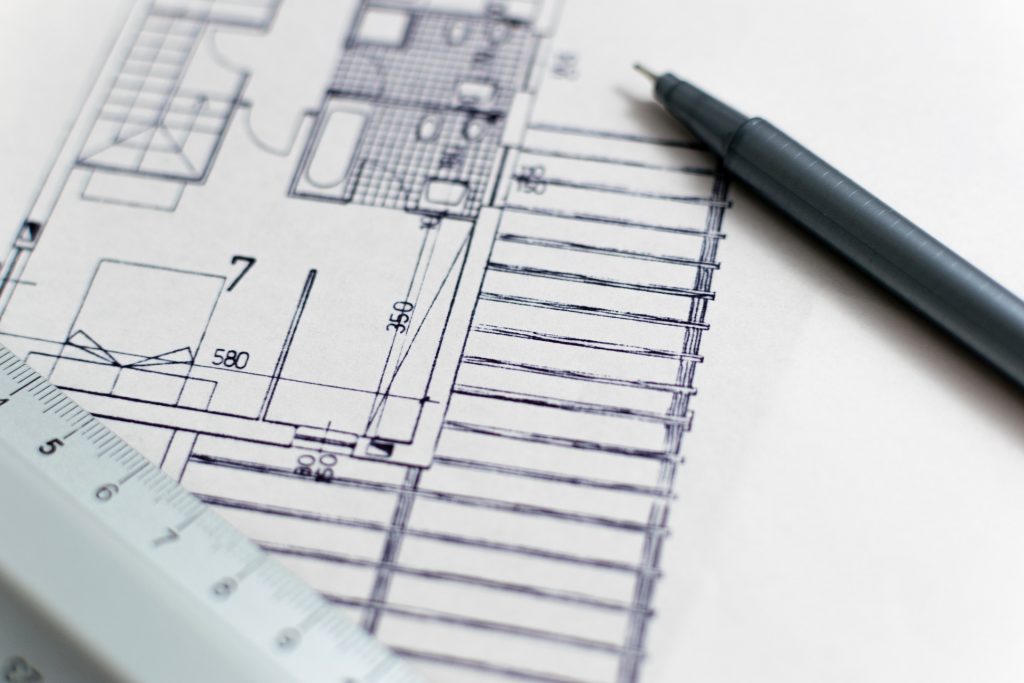
Spring statement 2019 covered a new standard for the future of our homes, starting 2025. During difficult political times, Chancellor Hammond is being ridiculed for his promises, and no detail on how to deliver. However, a new goal for the future, is a step in the right direction.
There is a large amount of evidence that advocates the need for change. In addition, from this evidence, it warns of the consequences of inaction. A new scheme like this is vocally supported by the Committee on Climate change and the National Infrastructure Commission. The changes that need to made, aren’t rocket science either. This all needs to change the ideology of the energy efficiency of our homes, making it an infrastructural priority.
The government needs to take a lead on energy efficiency in order to get consumers confident in spending on making their homes efficient.
Sarah Kostense-Winterton, Executive Director of MIMA and Chair of the Energy Efficiency Infrastructure Group (EEIG): “The latest Treasury announcement is positive, and it shows they’re now thinking about the issue and the huge energy efficiency gaps that still exist in the UK, but government will need to do a lot more to meet the targets they’ve set out on energy efficient homes. We need a comprehensive, joined up plan from government on this issue to avert a future of high-cost home retrofits, higher health and NHS costs and higher energy bills for us all and their failure to meet carbon budgets.”
[Facts, Figures and Quoting taken from www.politicshome.com]